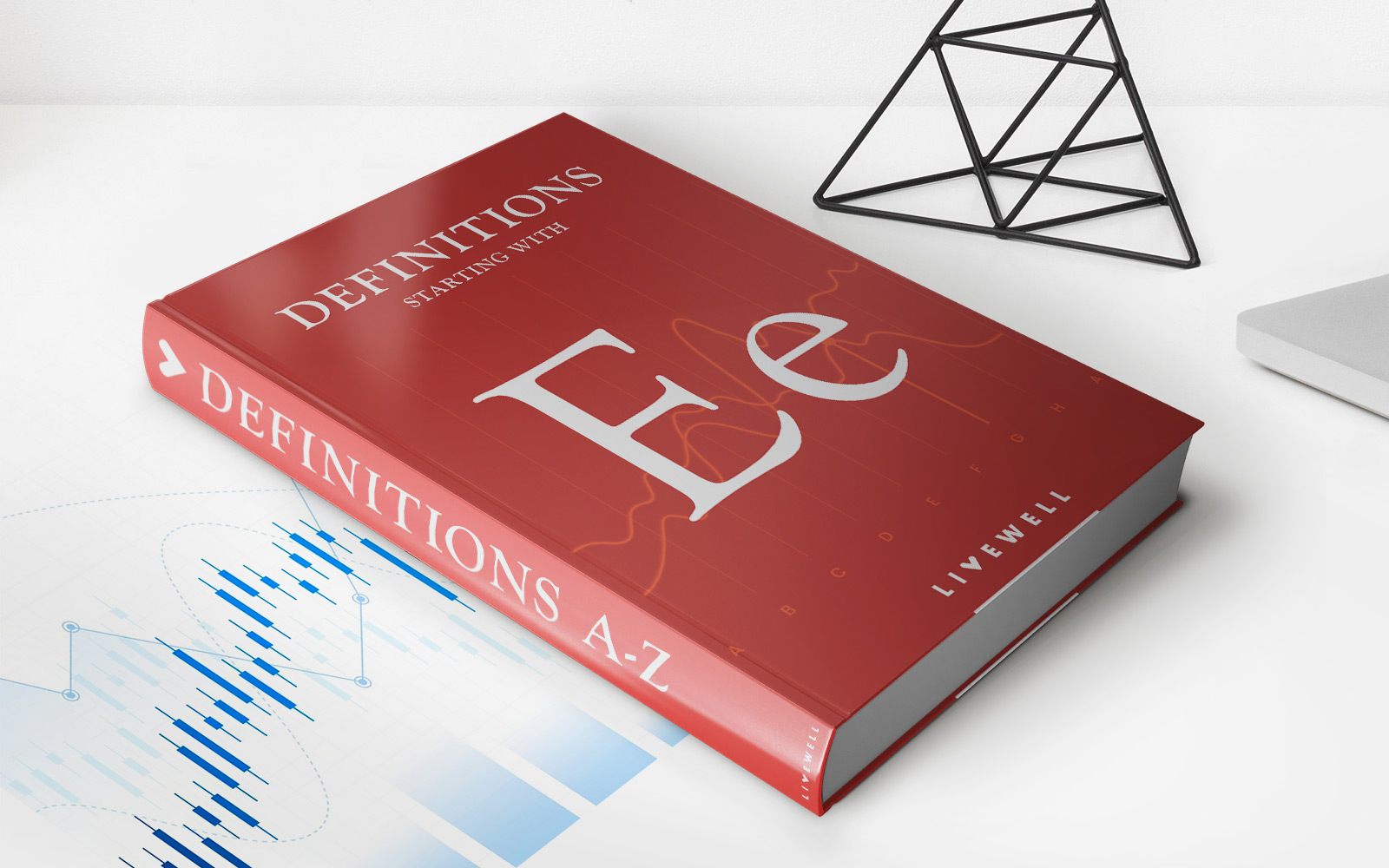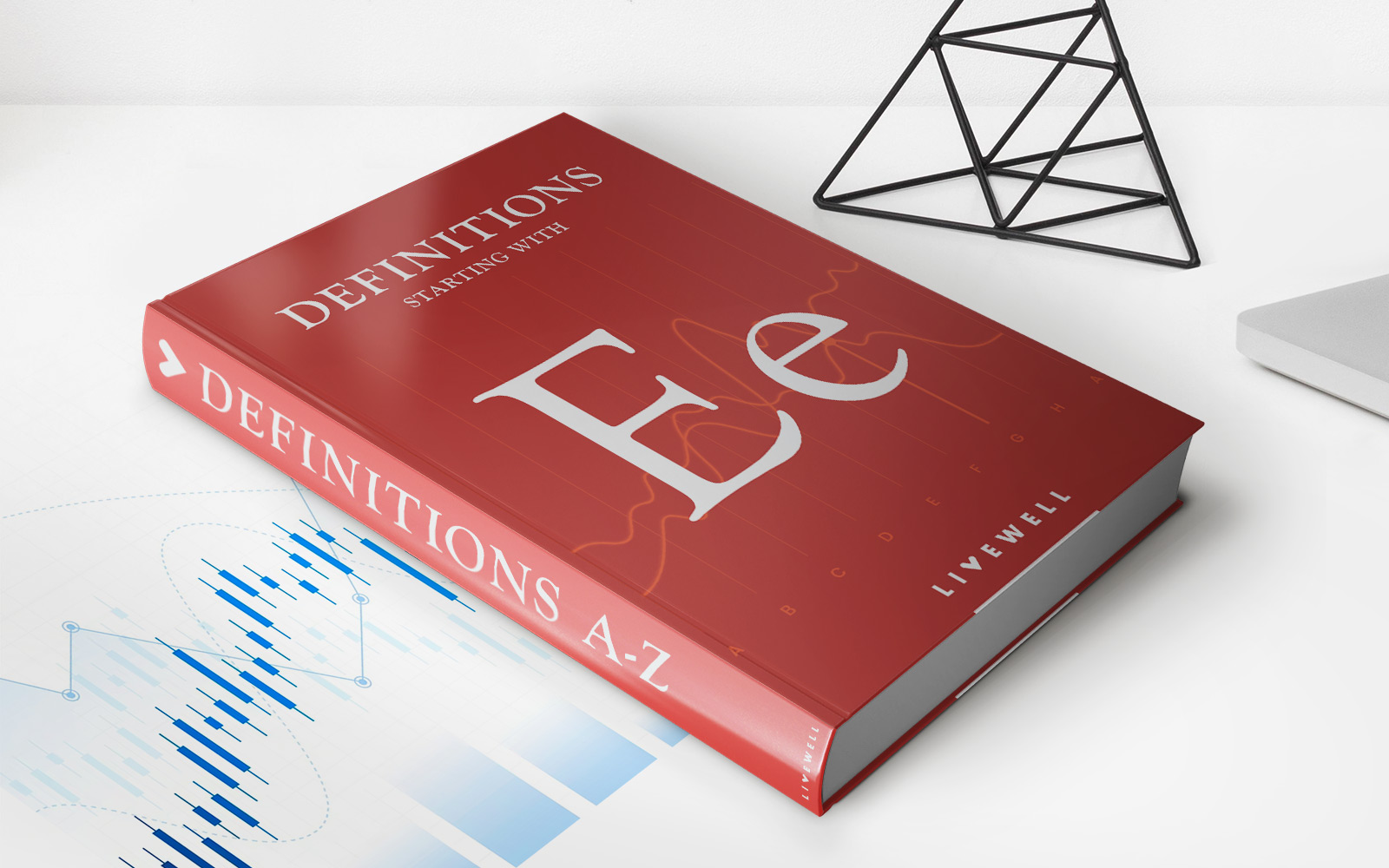

Finance
Life Option Definition
Published: December 18, 2023
Discover the meaning of Life Option in finance and how it can impact your financial decisions. Gain insights into this crucial concept and make informed choices for your financial future.
(Many of the links in this article redirect to a specific reviewed product. Your purchase of these products through affiliate links helps to generate commission for LiveWell, at no extra cost. Learn more)
Understanding Life Option Definition: A Guide to Financial Planning
Financial planning plays a crucial role in achieving our long-term goals and ensuring a stable future. One important aspect of financial planning is understanding various investment options available to us. In this article, we will focus on an essential category called finance and dive deep into the concept of Life Option Definition.
What is Life Option Definition?
Life Option Definition refers to the process of evaluating and selecting financial products and strategies that align with an individual’s specific goals and risk tolerance. It involves a thorough analysis of various investment options, insurance policies, retirement plans, and other financial instruments to determine the best possible solution for an individual’s unique circumstances.
Key Takeaways:
- Life Option Definition involves evaluating and selecting financial products and strategies that align with an individual’s goals and risk tolerance.
- It considers various factors such as investment options, insurance policies, and retirement plans to create a personalized financial plan.
Why is Life Option Definition Important?
Life Option Definition is crucial for several reasons. Firstly, it allows individuals to define their financial goals clearly. By considering factors like retirement planning, education funds for children, or purchasing a home, individuals can prioritize their objectives and create a roadmap to achieve them.
Secondly, Life Option Definition helps individuals manage their risk effectively. By understanding their risk tolerance and considering different investment options, individuals can create a diversified portfolio that balances risk and potential returns. This reduces the chances of being overly exposed to market fluctuations and helps protect their wealth in the long term.
How to Implement Life Option Definition
Implementing Life Option Definition involves following a systematic approach to financial planning. Here are some steps to get started:
- Evaluate Your Financial Goals: Determine your short-term and long-term goals, such as retirement planning, purchasing a house, or funding your children’s education.
- Analyze Your Risk Tolerance: Evaluate your willingness and ability to take risks when investing. Consider your age, financial situation, and personal preferences.
- Assess Various Financial Instruments: Understand the different investment options available, including stocks, bonds, mutual funds, and real estate. Analyze their risk-reward profiles and compatibility with your goals and risk tolerance.
- Consider Insurance Policies: Evaluate various insurance products such as life insurance or health insurance to protect yourself and your loved ones in case of unforeseen events.
- Create a Diversified Portfolio: Based on your goals and risk tolerance, build a diversified investment portfolio that combines different assets to spread risk and maximize growth potential.
- Review and Adjust Periodically: Regularly review and adjust your financial plan as your goals, risk tolerance, or market conditions change to ensure it remains aligned with your changing circumstances.
The Benefits of Life Option Definition
When individuals implement Life Option Definition effectively, they can enjoy several benefits:
- Clarity: Life Option Definition helps individuals gain clarity about their financial goals and priorities.
- Strategic Decision-Making: By aligning their investments with their goals, individuals can make more informed and strategic decisions.
- Risk Management: Considering different investment options and insurance policies helps individuals manage risk effectively.
- Wealth Protection: A well-diversified portfolio created through Life Option Definition helps protect wealth and minimizes the impact of market fluctuations.
- Future Preparedness: By planning for retirement, education, and other long-term goals, individuals can secure their financial future.
In conclusion, Life Option Definition is an essential component of financial planning. By evaluating various financial products, strategies, and considering risk tolerance, individuals can create a personalized plan that aligns with their goals. Implementing Life Option Definition provides clarity, risk management, and prepares individuals for a financially secure future. So, take the first step today and embark on your journey towards better financial well-being!














